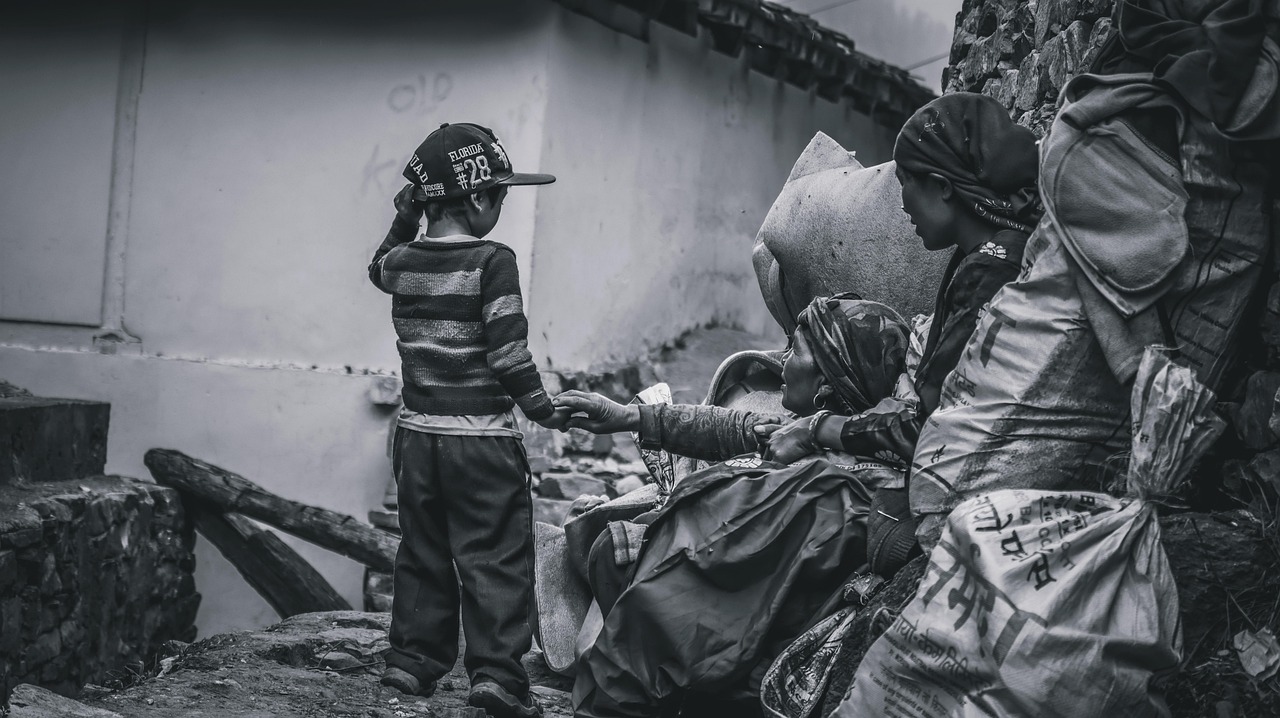Context
South Sudan’s education system operates within one of the world’s most fragile contexts, marked by ongoing conflict, recurrent flooding, economic collapse, and large-scale displacement, all of which were further compounded by the COVID-19 pandemic. The education needs are immense, with an estimated 2.8 million children out of school, 45% of classrooms held under trees and only 20% of teachers qualified (as of 2021). Girls, children with disabilities, and those in rural or displaced settings are even more disadvantaged in accessing education. The education sector struggled with a lack of infrastructure, low domestic investment, and weak institutional capacity. These conditions underscore the urgency for targeted interventions to expand access, improve learning environments, and strengthen the foundational systems for education delivery.
Solution
The Global Partnership for Education Programme 2 (2019-2024) was designed to align with the Government of South Sudan's (GoRSS) educational policies and was also informed by lessons learned from the previous grant (ESPIG I), studies on OOSC, and education administrative data. The program design focused on three core sector priorities: equitable access, quality education, and efficiency. To improve equitable access, the project used out-of-school children (OOSC) profiling to guide the construction of semi-permanent learning spaces in underserved areas, supported community mobilisation campaigns, and provided dignity kits and female teacher policy support to address gender barriers. An OOSC report and partners' presence informed the selection of sites for the construction of the learning spaces to avoid duplication of services. The program also strengthened school governance by training PTAs/SMCs with a focus on women's participation. To enhance education quality, the project rolled out a new competency-based curriculum, printed and distributed textbooks, and developed continuous professional development (CPD) pathways for unqualified teachers. It supported inspection systems, aligned exams with the curriculum, and introduced national learning assessments. On efficiency, the project strengthened EMIS through digital data systems, facilitated analysis and coordination among stakeholders, enhanced monitoring tools, and conducted education expenditure reviews to improve transparency. Localisation was central to the project, with national NGOs leading implementation to build local capacity and enhance ownership and sustainability. Coordination with donors and national stakeholders aimed to ensure sustainability and alignment. Overall, the design responded to South Sudan’s fragile context by integrating infrastructure, policy reform, capacity building, and accountability mechanisms.
Impact
The project contributed to a 12% national enrollment increase, with enrollment numbers reaching over 2.2 million in Sudan in 2023. It led to the construction of 850 classrooms accommodating 133,151 students (48% girls), including 63,839 previously out-of-school children. It distributed 4.9 million textbooks, trained 4,900 teachers and 7,650 PTA/SMC members, and reached 1.39 million caregivers through an integrated community mobilization network, significantly enhancing access, quality, and system capacity.
The program supported long-term systems strengthening across policy, infrastructure, and institutional levels. It supported the development of a National Teacher Education Policy and strategy to increase the number of qualified teachers, also contributing to gender equity through the finalization of the Female Teacher Affirmative Action Policy. The program also strengthened South Sudan’s EMIS by supporting two annual education censuses (2021 and 2023), which provided critical data for policy and planning. It built EMIS team capacity in data collection, analysis, and reporting and trained 52 state officials, laying a foundation for more effective, data-driven education system improvements. A localization strategy built capacity among national NGOs for implementation. Together, these design elements positioned the project to enable lasting improvements in access, equity, and education system resilience. The exact long-term impacts of these interventions will need to be assessed through future evaluations to determine the extent to which they can be directly attributed to the program.












